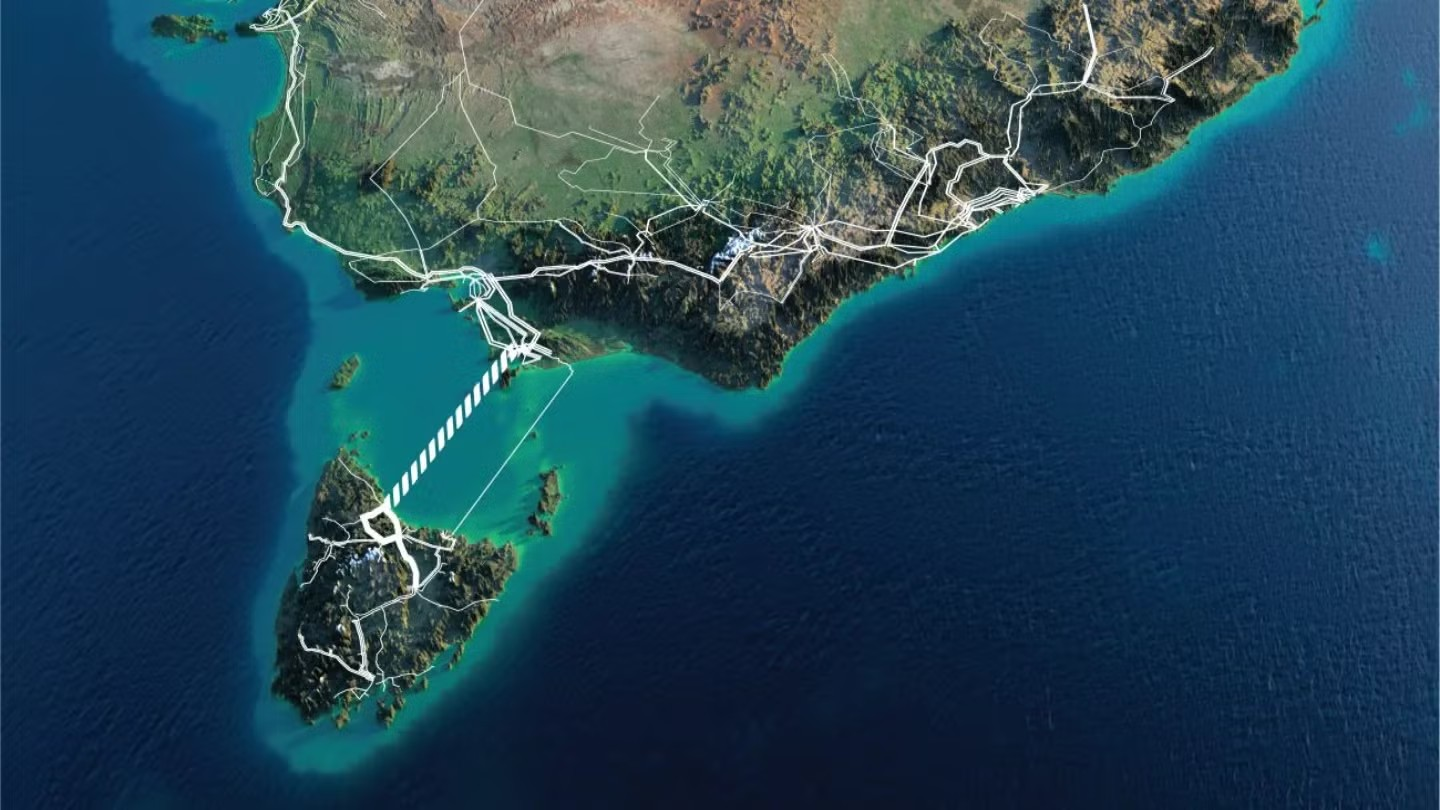Australia’s Marinus Link Achieves Final Investment Decision


Australia’s Marinus Link project—a HVDC interconnector between Tasmania and Victoria—has achieved a highly anticipated and positive Final Investment Decision (FID), a move hailed as a major step for the National Electricity Market (NEM) and the country’s renewable energy ambitions.
The Marinus Link, developed by Marinus Link Pty Ltd (MLPL), represents a circa $5 billion, 1,500MW two-stage HVDC transmission scheme spanning approximately 255km under Bass Strait and 90km underground, directly linking Burnie, Tasmania, with the Latrobe Valley in Victoria. The first stage, now proceeding post-FID, will deliver 750MW of new HVDC transfer capacity and is expected to commence construction in 2026, targeting completion by 2030. Stage 2, which would add another 750MW, is subject to future funding arrangements.
The FID announcement followed formal approvals by Marinus Link’s three government shareholders: the Commonwealth (49%), Victorian (33.3%), and Tasmanian (17.7%) governments. This tripartite support demonstrates the interconnector’s strategic importance. CEO Stephanie McGregor of MLPL described the FID milestone as “cementing Marinus Link’s legacy in Australia’s energy transition,” emphasizing both direct community benefits and the broader modernization of the NEM.
Environmental Compliance and ‘Green Light’
The Marinus Link simultaneously secured federal environmental approval under the Environment Protection and Biodiversity Conservation (EPBC) Act, in addition to a positive Victorian assessment. The EPBC approval came with strict operational conditions to minimize impacts on marine ecosystems and protected species. Tasmanian environmental approvals are targeted for late 2025, ensuring full compliance before mainline construction begins.
Implications for HVDC and Energy Markets
Marinus Link promises various benefits:
- Technical and Market Resilience: The project’s HVDC technology enables secure, bi-directional electricity flows, allowing Tasmania to export excess hydro and wind generation to the mainland while importing surplus solar power when available. For HVDC integrators, this sets a new benchmark for undersea and underground cable engineering in Australia’s challenging marine environment.
- Grid Decarbonization and Storage: The link will double Tasmania’s transfer capacity to 2,000MW when paired with the existing 500MW Basslink. It will also enable optimal use of Tasmania’s proposed pumped hydro energy storage (PHES), providing dispatchable capacity and addressing the intermittency of wind and solar generation.
- Economic and Social Impact: The project is anticipated to generate up to 3,300 direct and indirect jobs during construction and deliver over $1 billion in climate pollution savings, with substantial investments flowing into advanced transmission technologies and skilled labor markets.
With Australia targeting net-zero emissions and striving for a resilient, decarbonized grid, Marinus Link’s FID approval is poised to catalyze future HVDC investments and propel national expertise in long-distance, high-capacity interconnection solutions.








